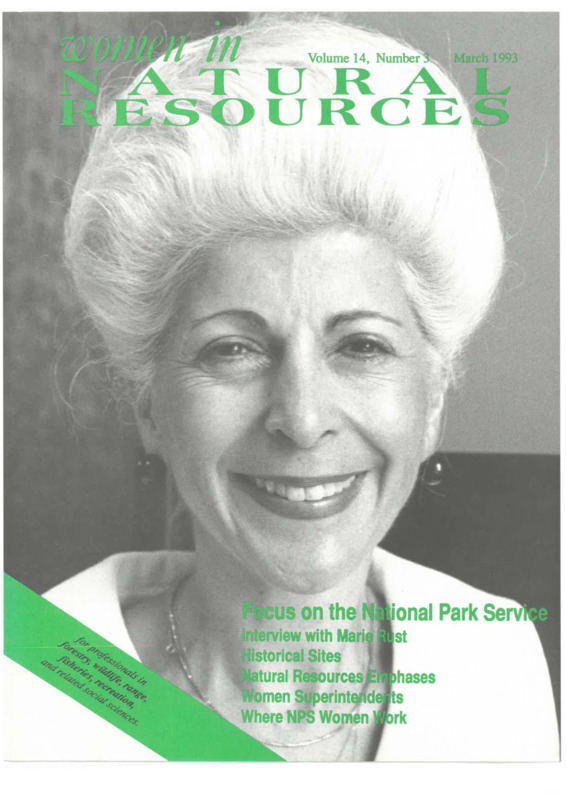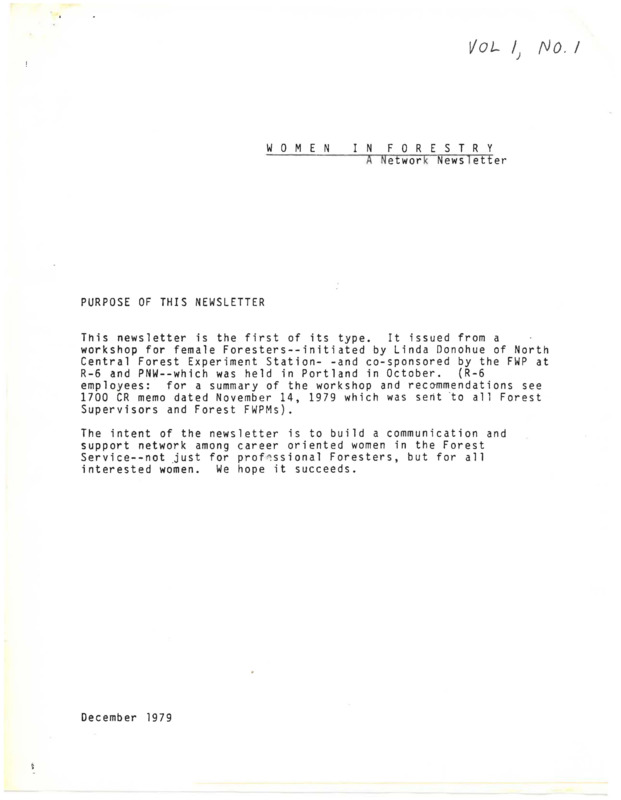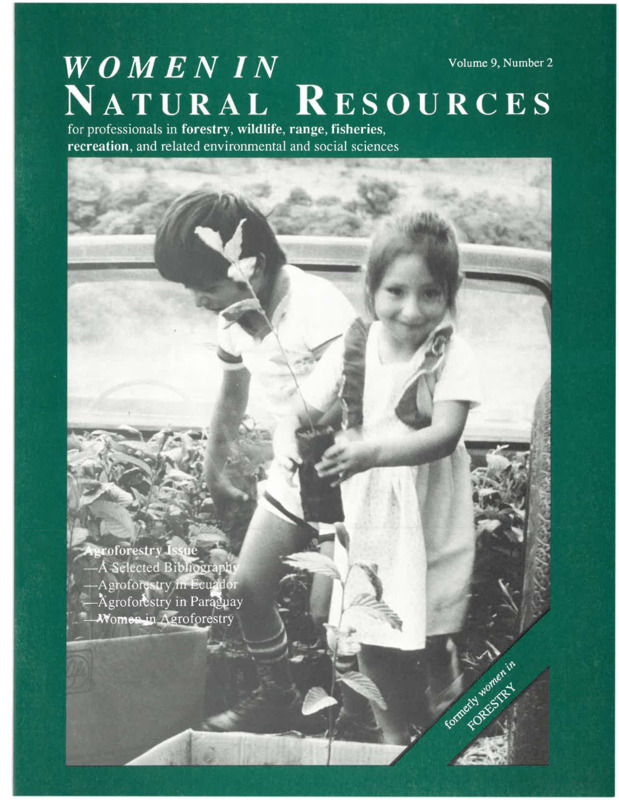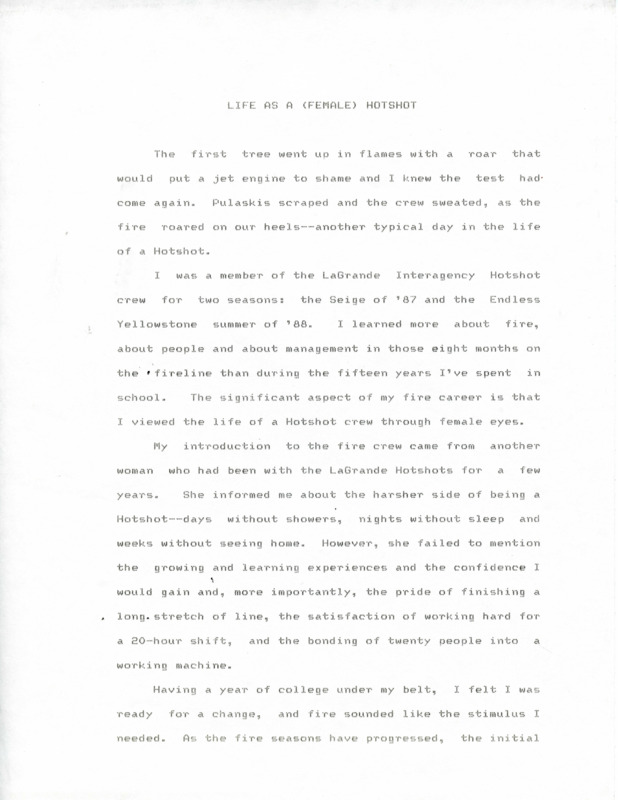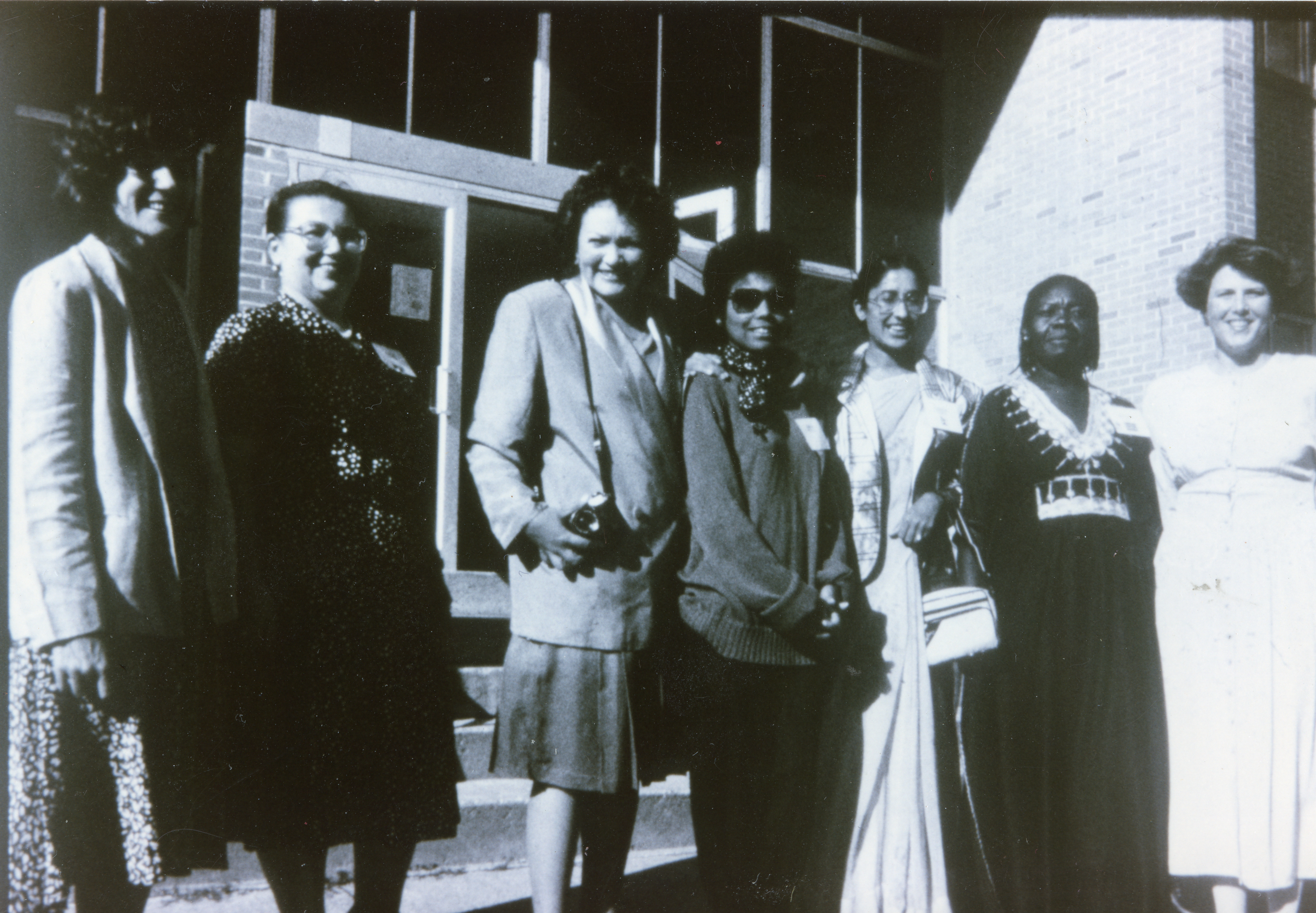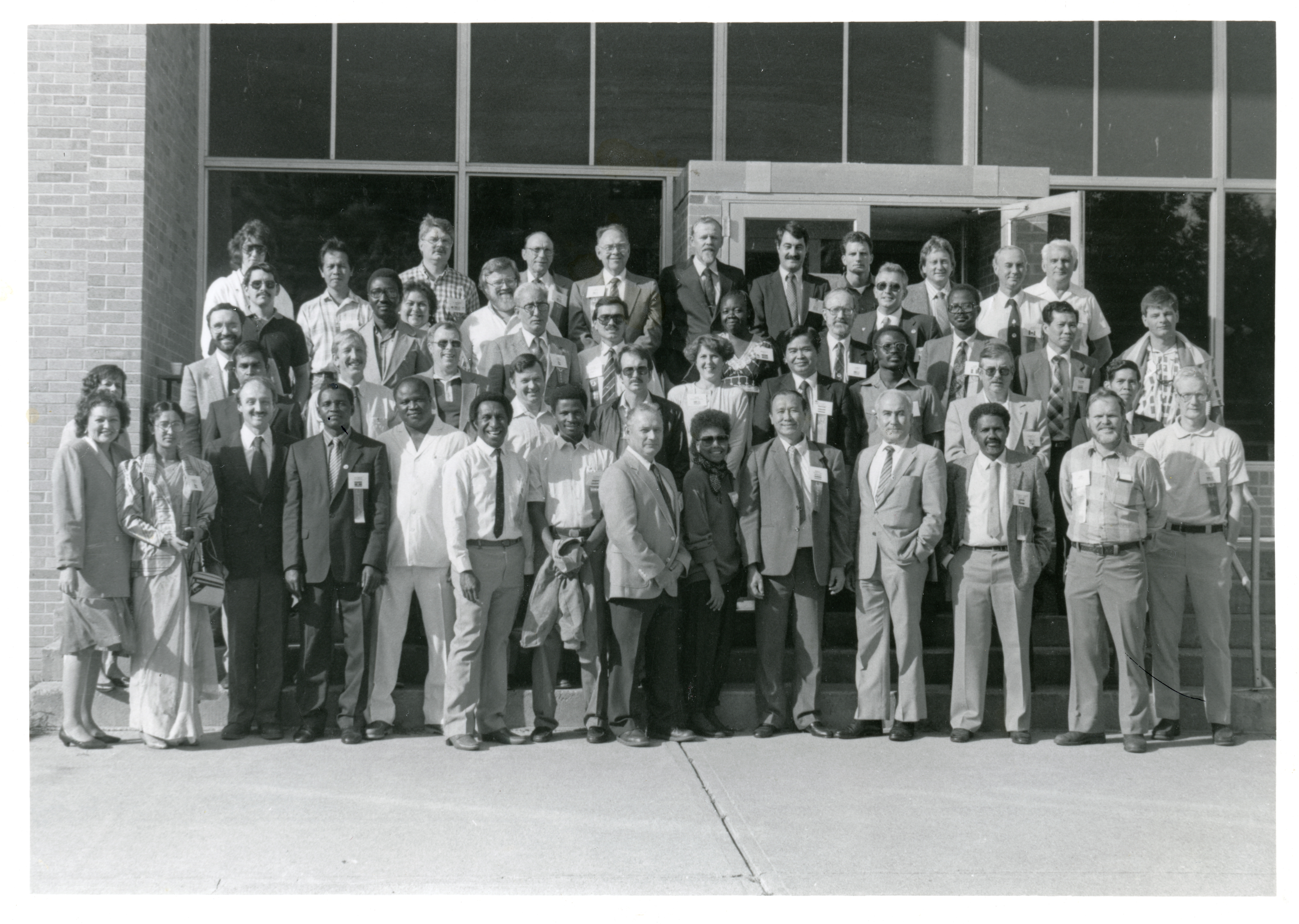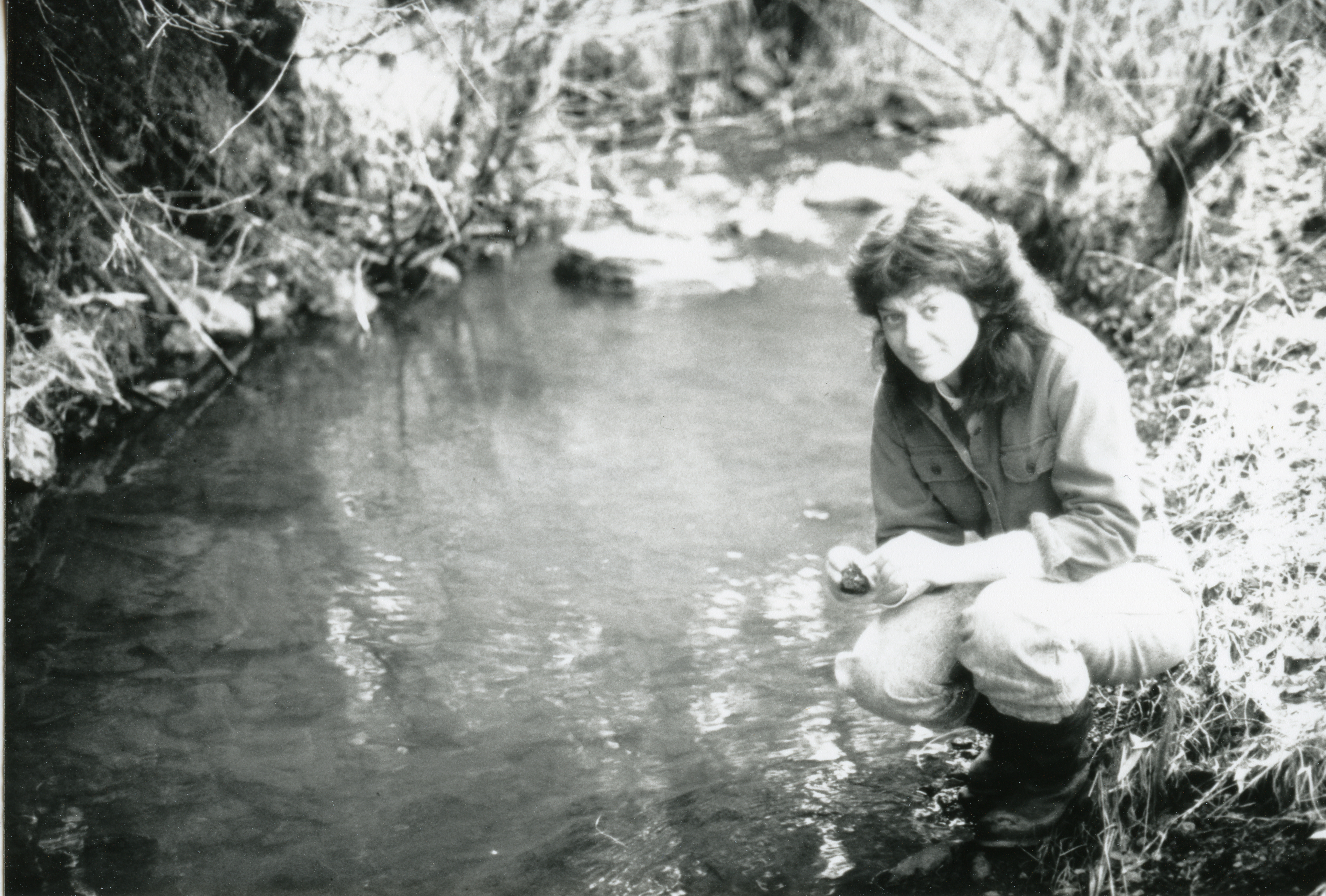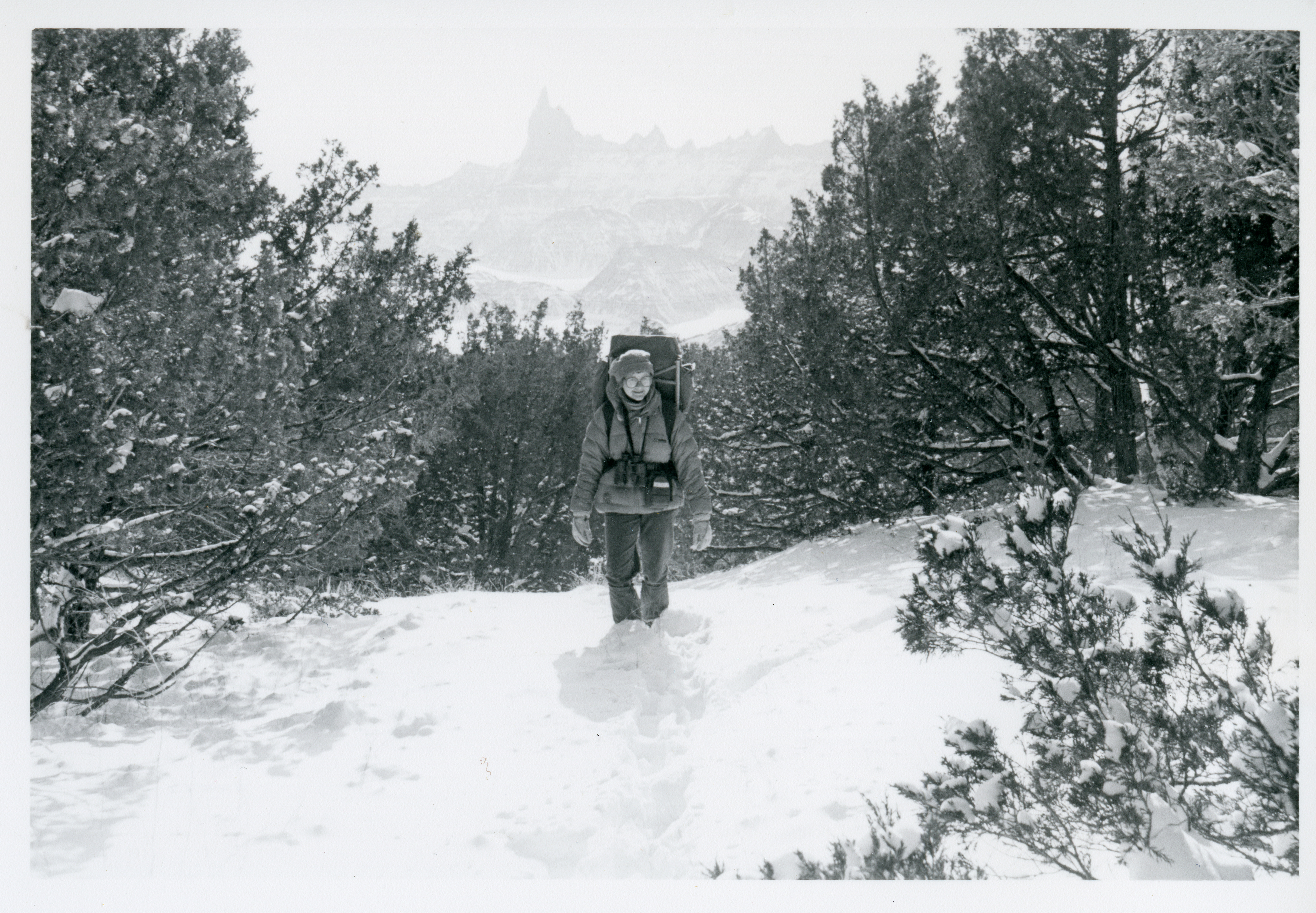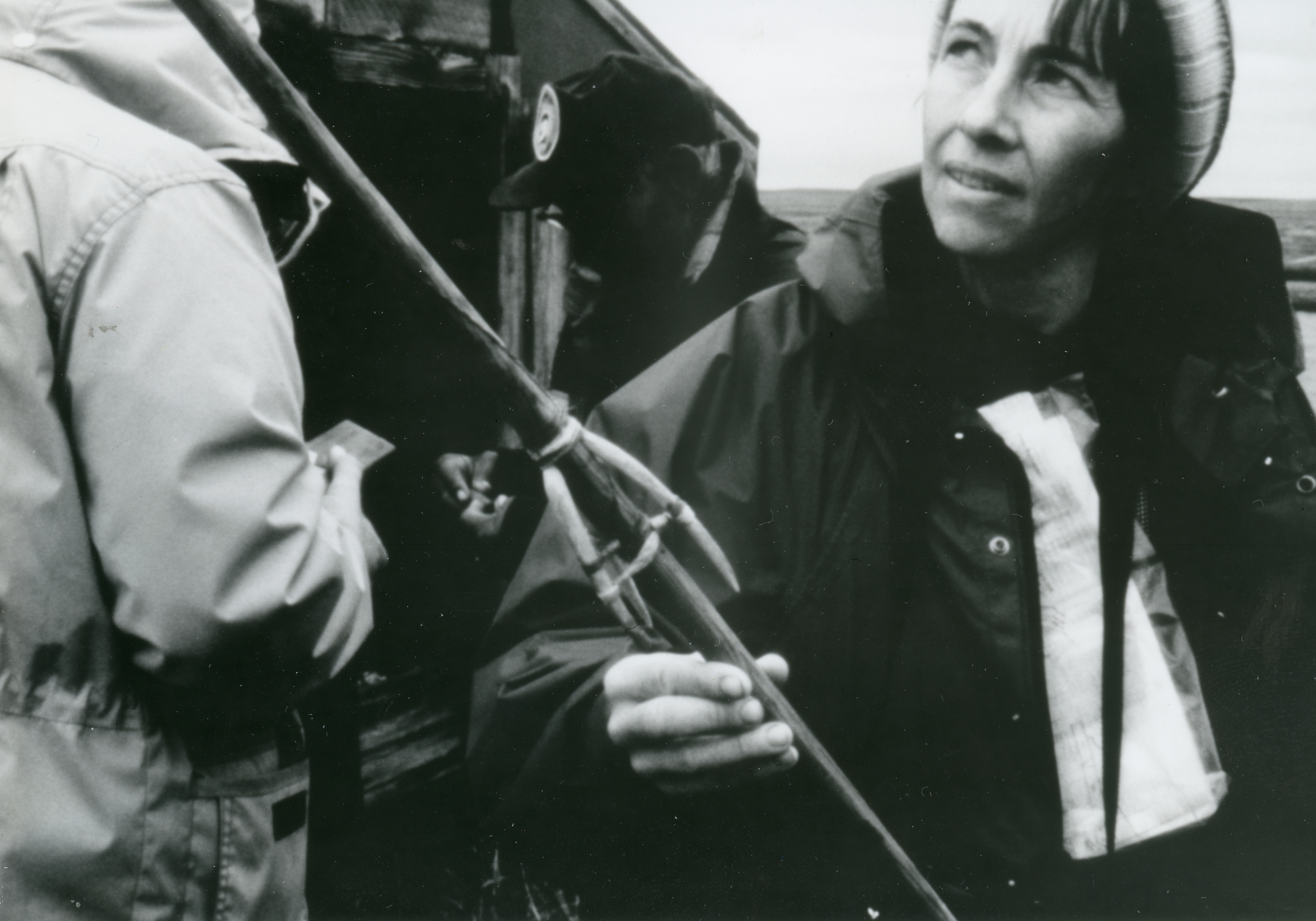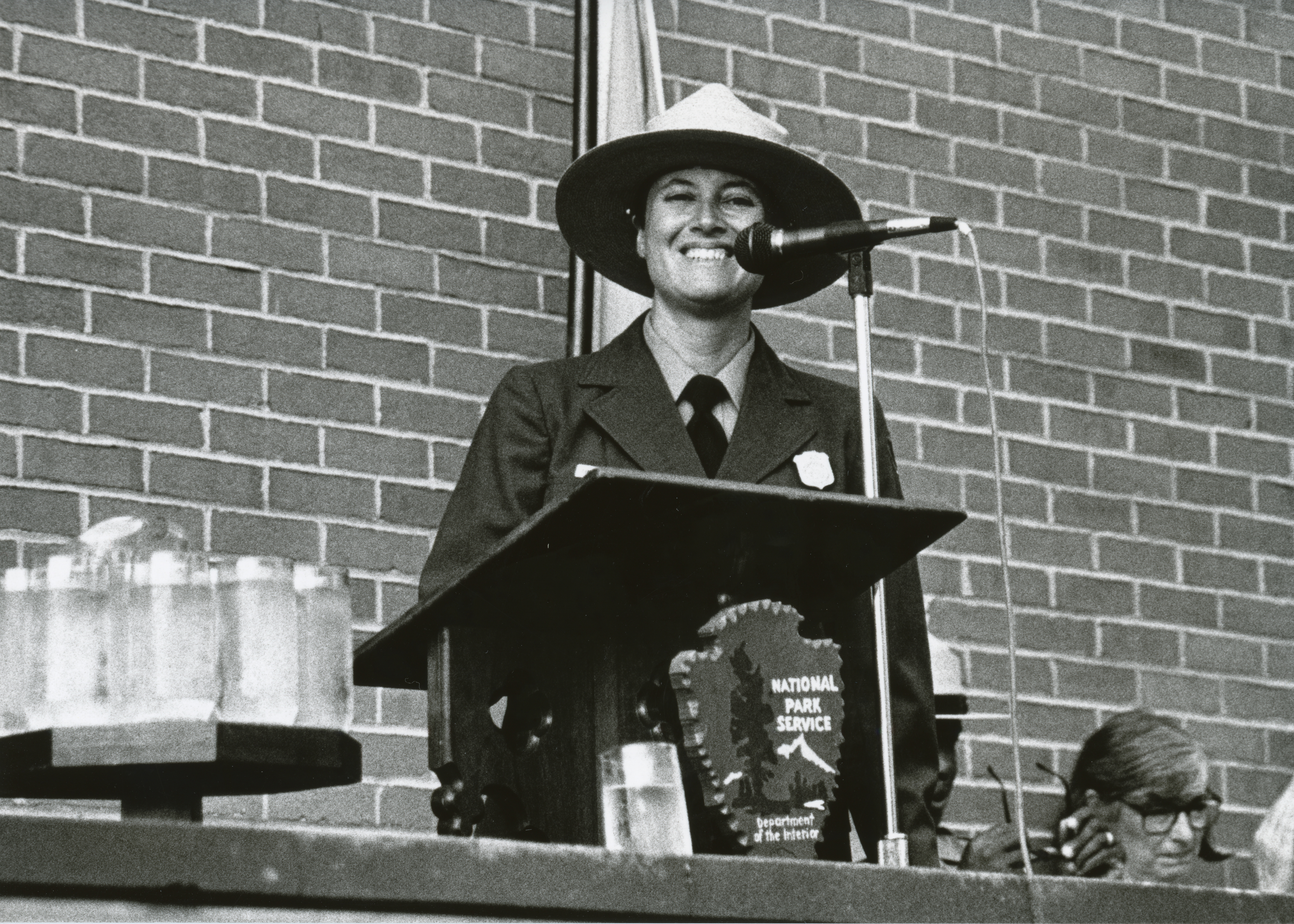Post written by Flori Tulli, 2022 Special Collections Summer Fellow.
As I previously mentioned in my last blog post, “Why Women in Natural Resources,” I wanted to know two things about the Women in Natural Resources collection:
- Why was this journal created?
- Who were these women?
Fortunately, as the plethora of documents found their new homes in acid-free folders and boxes, their contents began to piece together the answers. A story slowly formed - one about capable women. Women who wanted to to pursue their passions. Those passions happened to be within the male-dominated fields of Natural Resources: unfamiliar career-territory for women in the 1970s. But, like the intrepid explorers they are, these women pushed onward and were met with a wide-range of reactions from their male colleagues: some extremely supportive, others dismissive, and some - adversarial.
You wouldn’t initially guess that behind the smiling faces and confident eyes of these diverse women lurked frustrations, struggles and hardships. While some, like Dixie Ehrenreich (managing editor of WiNR, 1983-1999), Molly Stock (contributing editor of WiNR, 1983-1987) and Jo Ellen Force (public relations for WiNR, 1980s) vocally expressed and shared their experiences through the journal, others, like Lauren Fins (Professor of Forest Genetics at U of I) marched stoically and silently toward their goals. Different women took different paths to similar destinations, and yet all of these women weave into the fabric of the WiNR Collection’s history. As Dixie, Molly, and Jo Ellen have expressed, the journal was born out of a necessity to find solidarity with other women professionals in the male-dominated Forestry field. Initially, the journal began as a newsletter called Women in Forestry
but over time, it grew to encompass professionals in forestry, wildlife, range, fisheries, recreation, and related fields, changing its name to Women in Natural Resources.
From its fruition to its end, this publication aimed to serve as a supportive community for women in Natural Resources fields.
What stood out among letters of correspondence and submissions were photographs and personal stories of the women themselves. I found that these pictures could speak a thousand words - better than what I could fit into multiple blog posts - and they also show the wide range of successful careers that these women pursued.
Below are only ten materials from our digital collection:
About a submission to the WiNR journal a female Hotshot’s experience with firefighting in Yellowstone National Park.
Photograph of women participants from the 1989 Educating Forest Technicians into the 21st Century International Conference (left) and photograph of all participants at the same conference (right).
Photograph of Denise Meridith, who was the first woman to be a Bureau of Land Management (BLM) State Director in Arizona - that is, BLM Dept. of Interior. Denise was also the first African American woman to be in a leadership position in the BLM. In this photograph, she is with a Cornell official at an Alumni Event in San Francisco, 1990.
Photograph of Gretchen Sausen (Ranger and Fish Biologist) checking for aquatic insects on a rock at Elk Creek, Wallowa Valley Ranger District, Wallowa-Whitman N.F.
Photograph of Elesa K. Cottrell (State Conservationist) and James J. Green (Surveying Technician), USDA, Soil Conservation Service, DE, in August 1992.
Photograph of Ann Humble (bighorn sheep researcher) hiking to a good sheep observation point in Pinnacles Overlook, Badlands National Park, SD.
Photograph of Archaeologist Jeanne Schaaf examining an Inuit spear.
Photograph of Linda Canzanelli (Superintendent of NPS) giving a speech at the Women’s Rights National Historical Park, site of the first Women’s Rights Convention in 1848.
Submission to WiNR journal, recognizing men’s support of female Soil Conservation Service officers on Women’s Equality Day.
Photograph of Wenonah Finch Sharpe (natural resource writer) checking the diameter of an ancient western white pine in Washington State’s North Cascades in 1969.
If you would like to see more photos and submissions about these women in Natural Resources, please visit the Women in Natural Resources Digital Collection


